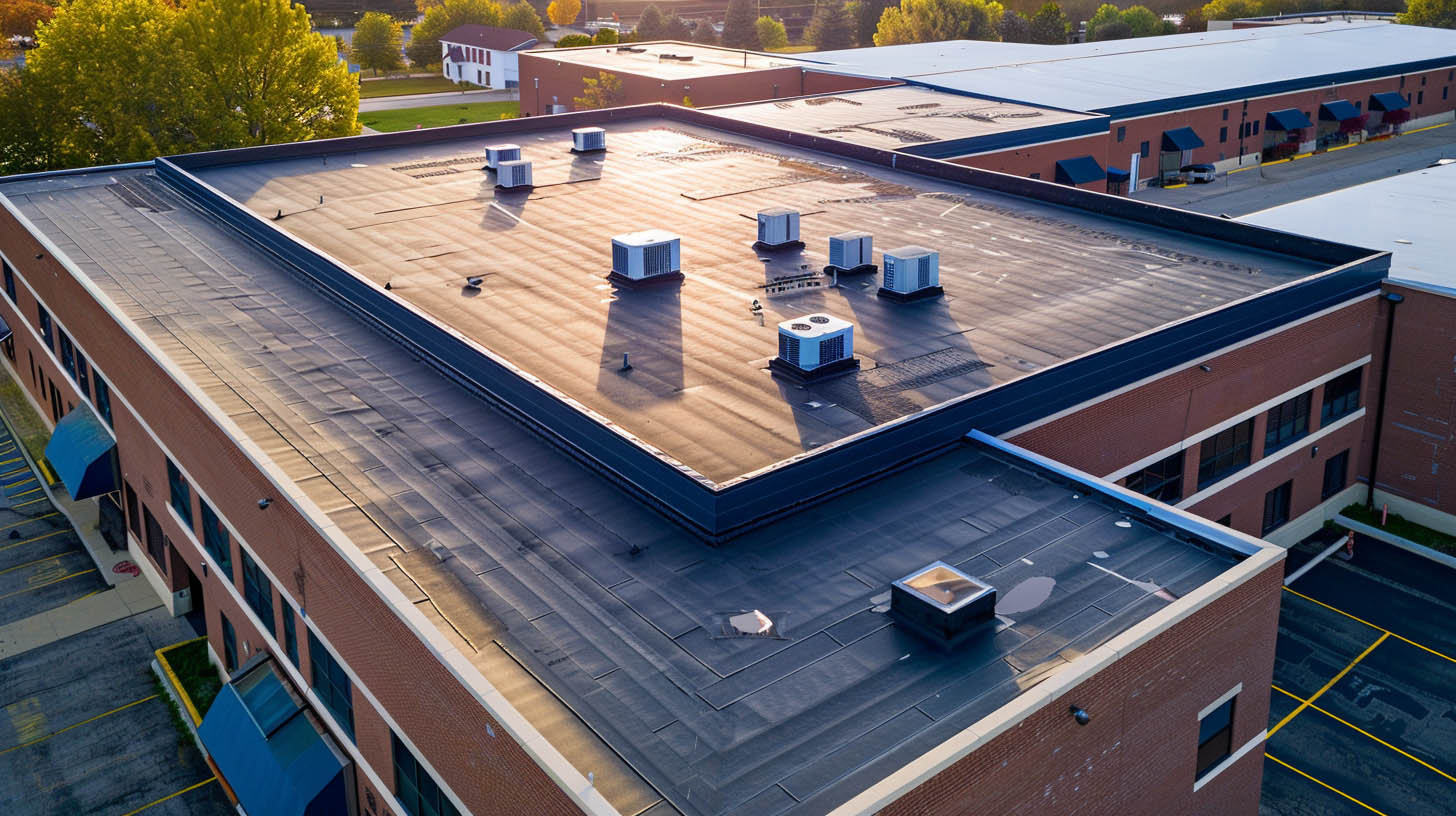For commercial property owners, the integrity of the building's roof is paramount to the safety and operational efficiency of their business. A well-maintained roof shields against adverse weather and enhances the property's overall value. This guide provides detailed insights into the commercial roof replacement process, helping you make informed decisions to maintain optimal coverage year-round.
Understanding the Need for Roof Replacement
Commercial roofs, by their nature, endure significant wear and tear due to their exposure to environmental elements. Over time, even the best-maintained roofs will require replacement to continue providing the necessary protection.
Signs That Indicate a Need for Replacement
Age of the Roof: Most commercial roofing materials are designed to last between 20 to 30 years. As roofs near the end of their expected lifespan, they often require more frequent repairs.Frequent Leaks: Persistent leaks despite regular repairs can indicate systemic failures within the roofing system, necessitating a full replacement.
Visible Damage: This includes issues like large areas of blistering, significant pooling of water, or widespread damage to the roofing material after severe weather events.
Impact of Delaying Replacement
Delaying a necessary roof replacement can lead to increased costs and risks, including:
Structural Damage: Ongoing leaks can cause structural damage to the building, potentially leading to more extensive repairs.Increased Energy Costs: A failing roof often leads to poor insulation, resulting in higher energy bills due to heat loss in winter and cooling challenges in summer.
Business Interruptions: Significant roof failures can disrupt normal business operations, leading to potential revenue losses.
Best Practices in Commercial Roof Replacement
Choosing the right approach and materials for your commercial roof replacement is crucial for long-term durability and performance.
Selecting the Right Materials
Metal Roofing: Offers durability and longevity, making it suitable for buildings in areas with severe weather conditions.Built-Up Roofs (BUR): Known for their multi-layer protection, ideal for flat or low-slope buildings needing robust water resistance.
Professional Installation
Employing expert contractors like Summit Exteriors ensures that your roof replacement is carried out efficiently and effectively. Our skilled team in Coeur d'Alene, ID, leverages extensive experience and state-of-the-art techniques to deliver roofing solutions that stand the test of time.
Planning and Executing a Roof Replacement
Conducting Thorough Assessments
Before undertaking a roof replacement, a comprehensive inspection is crucial to identify all issues and plan the project scope accurately. This inspection should assess:
Structural Support: Ensuring the building can support the new roof, especially if the material choices differ from the original.Insulation and Ventilation: Evaluating these aspects to enhance the building’s energy efficiency post-replacement.
Drainage Systems: Properly designed drainage systems prevent water accumulation and protect the roof’s integrity.
Choosing the Right Time for Replacement
Scheduling the replacement during a period of mild weather can minimize disruptions to your business. It also allows the installation process to proceed under optimal conditions, ensuring the materials are installed without complications related to temperature or moisture.
Conclusion
Commercial roof replacements are a significant investment in your property’s future. By recognizing the signs that indicate a need for replacement, selecting appropriate materials, and employing expert contractors like Summit Exteriors, you can ensure that your commercial property remains covered, protected, and poised for business success. Trust in our commitment to providing exceptional service built on honesty and quality, guaranteeing that every roofing project we undertake meets the highest standards of excellence.



